In the world of fitness enthusiasts, the gym bag is more than just an accessory—it’s a lifeline. From carrying protein shakers to resistance bands, every item has its place. But what happens when your bag’s compartments don’t quite match your needs? Enter the magic of Velcro: a simple yet transformative solution for customizing your gym bag’s interior. This isn’t just about organization; it’s about creating a system that adapts to your ever-changing workout essentials.
The Problem with Standard Compartments
Most gym bags come with pre-designed pockets and dividers, assuming everyone carries the same gear in the same way. The reality? A powerlifter’s needs differ vastly from a yogi’s. Fixed compartments often leave wasted space or force awkward arrangements—like stuffing ankle straps next to sweaty clothes. Over time, this leads to frustration, misplaced items, or even damaged equipment. The limitations of these static designs become glaringly obvious when your routine evolves, but your bag doesn’t.
Why Velcro Works Where Other Solutions Fail
Unlike sewn-in dividers or flimsy mesh pockets, Velcro strips offer dynamic flexibility. The hook-and-loop system allows you to reposition dividers in minutes, creating sections tailored to your current loadout. Heading to the pool? Add a waterproof zone for goggles and wet gear. Switching to weight training? Expand the area for lifting belts and wraps. The adhesive-backed variants require no sewing, making them accessible even for DIY beginners. This adaptability extends the lifespan of your bag, eliminating the need to buy new ones as your fitness journey progresses.
The Unexpected Benefits Beyond Organization
While the primary goal is tidiness, Velcro modifications unlock secondary advantages. By isolating dirty laundry or shoes in designated sections, you reduce cross-contamination—a boon for hygiene-conscious athletes. The reshuffling process also encourages regular gear audits, prompting users to discard expired supplements or worn-out gloves. Some creative adopters even use colorful Velcro strips to color-code sections, turning their bag into a quick-reference system during exhausted post-workout moments.
Material Considerations for Long-Term Use
Not all Velcro is created equal. Gym bags endure moisture, friction, and heavy loads, so standard craft-store variants may fail prematurely. Industrial-strength Velcro with waterproof backings resists sweat and washing. Placement matters too: avoid sticking adhesive directly to mesh panels, which may tear. Instead, anchor strips to reinforced areas like the bag’s base or side panels. For those wary of adhesives, stitch-on Velcro provides permanent mounting without compromising fabric integrity. Testing small sections first prevents regrettable misplacements.
Real-World Applications from Fitness Communities
CrossFit athletes pioneered many Velcro hacks, using horizontal strips to secure knee sleeves vertically for faster access. Martial artists weave strips through ventilation holes to hang hand wraps without tangling. A viral Reddit thread showcased a triathlete’s modular design with removable pouches for bike-to-run transitions. These community-driven innovations prove that the simplest solutions often emerge from practical needs rather than corporate R&D departments.
Beyond the Gym: The Psychology of Customization
There’s an underdiscussed mental component to this modification trend. Behavioral studies suggest that personalized environments enhance commitment to routines. A bag that ‘fits’ your unique system becomes part of your fitness identity—like a weightlifter’s customized lever belt. The act of physically rearranging compartments can serve as a ritual, mentally preparing users for their sessions. In a world of mass-produced gear, these small customizations reclaim a sense of ownership over one’s fitness journey.
Environmental and Economic Impacts
Fast fashion’s grip on athletic gear has led to mountains of discarded bags annually. Many lack repairability—once a zipper fails, the entire bag becomes trash. Velcro modifications counteract this disposability culture. Reinforcing stress points or adding new compartments breathes life into aging bags. Online communities now trade Velcro-upgrade tutorials, fostering a repair-over-replace mentality. For budget-conscious athletes, a $5 Velcro roll often outperforms $150 ‘smart bags’ with non-adjustable tech compartments.
The humble gym bag transformation through Velcro isn’t merely a storage upgrade—it’s a rebellion against one-size-fits-all thinking. As fitness routines grow increasingly personalized, why shouldn’t the tools that support them follow suit? This grassroots movement proves that sometimes, the most impactful innovations don’t come from glossy product launches, but from athletes taking matters into their own hands, one sticky strip at a time.

By /Aug 6, 2025

By /Aug 6, 2025

By /Aug 6, 2025
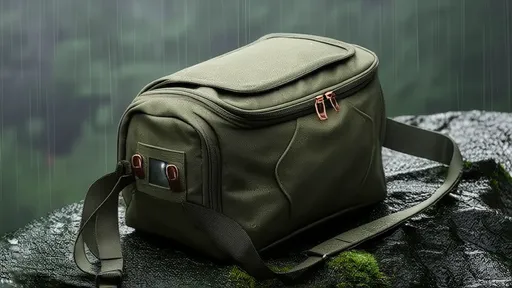
By /Aug 6, 2025
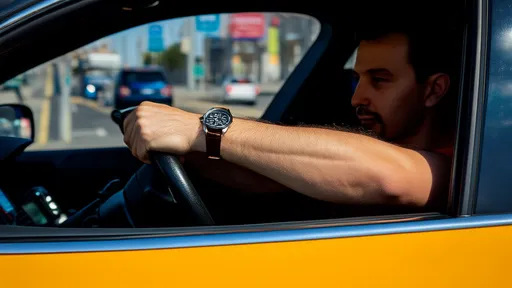
By /Aug 6, 2025

By /Aug 6, 2025

By /Aug 6, 2025

By /Aug 6, 2025
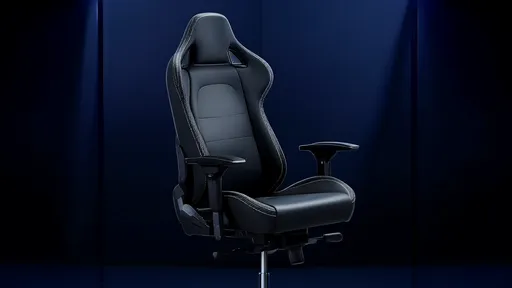
By /Aug 6, 2025
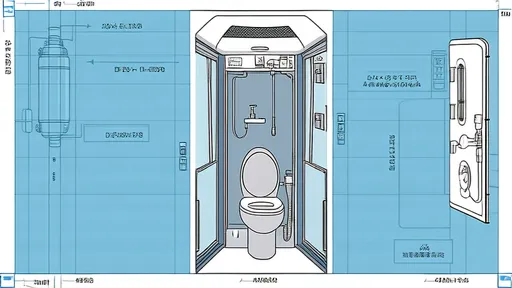
By /Aug 6, 2025

By /Aug 6, 2025
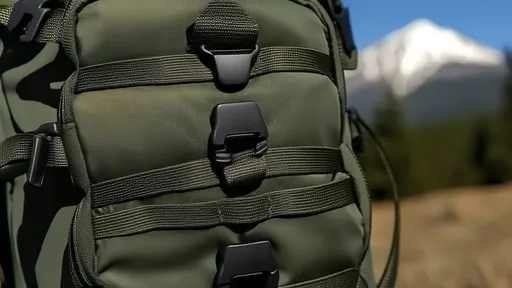
By /Aug 6, 2025
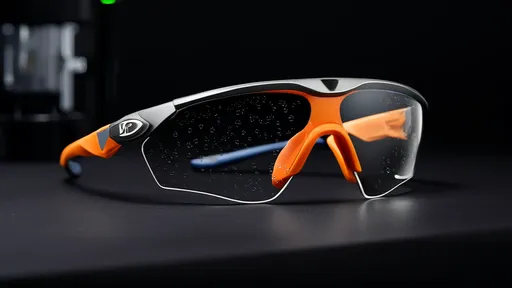
By /Aug 6, 2025

By /Aug 6, 2025
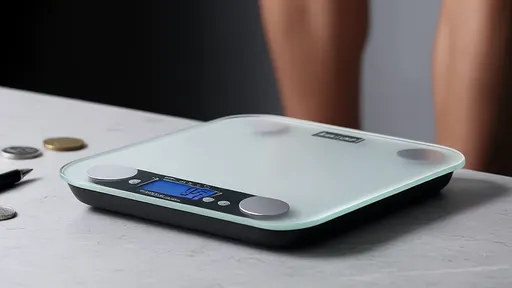
By /Aug 6, 2025
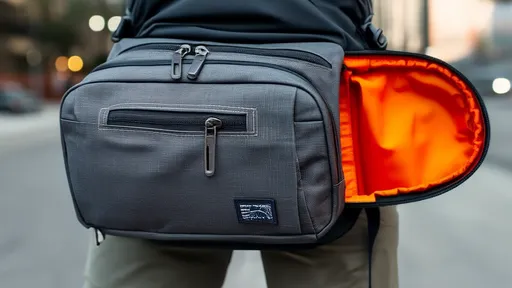
By /Aug 6, 2025
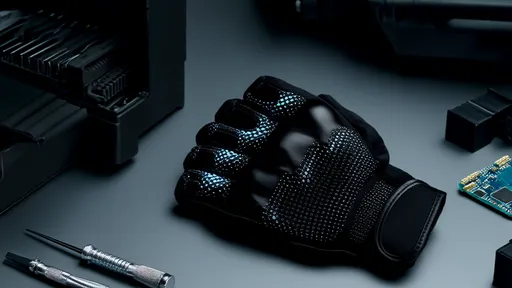
By /Aug 6, 2025
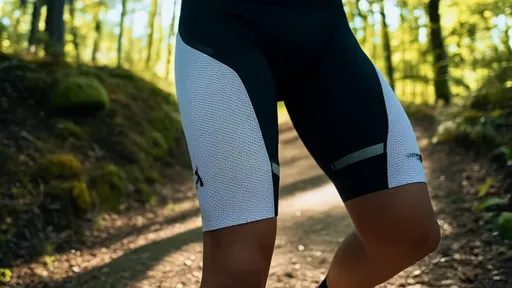
By /Aug 6, 2025
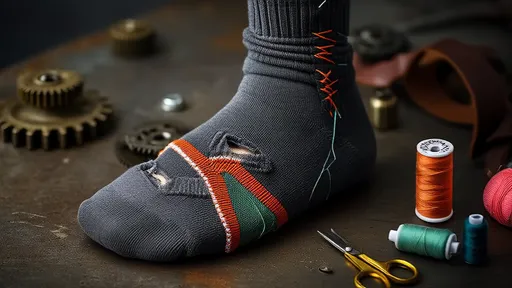
By /Aug 6, 2025
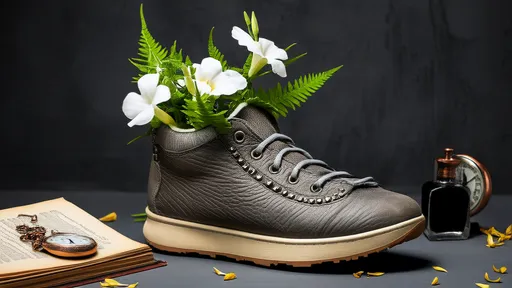
By /Aug 6, 2025